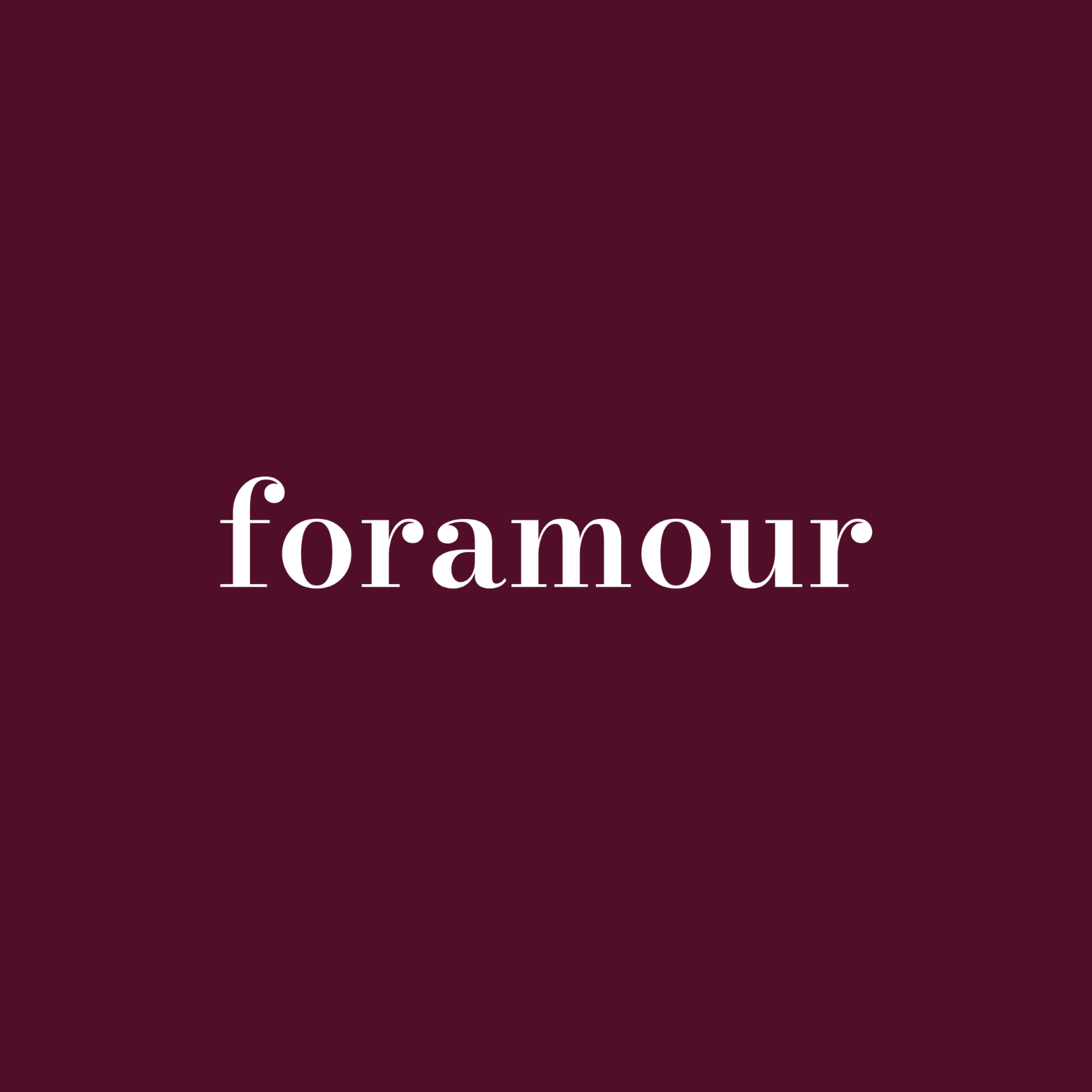
Artisanal Touches Elevate Accessible Jewelry Lines
Quick Listen:
In the vibrant chaos of Jaipur's Johari Bazaar, skilled artisans meticulously shape silver into exquisite filigree patterns, each stroke preserving centuries-old narratives. These handcrafted treasures, historically adorned by nobility, are now captivating India's young urbanites millennials and Gen Z who seek adornments that embody personal expression and environmental stewardship. India's jewelry sector, traditionally anchored in opulent gold and elaborate bridal sets, is experiencing a profound transformation. Everyday artisanal items, from intricately beaded strands to sustainably sourced pendants, are reshaping the essence of personal style in a nation where jewelry transcends mere decoration to become a symbol of cultural identity.
Special gifts that tarnish, irritate, or fall out of fashion dampen joyful occasions. That disappointment clouds memories meant to endure. Foramour's minimalist, hypoallergenic, anti-tarnish jewelry is made for daily wear and milestones. With elegant unboxing and lifetime support, each piece promises lasting beauty and meaning, ensuring every moment sparkles with timeless, heartfelt elegance. Shop Now!
Artisanal Touches Elevate Accessible Jewelry Lines in India's Growing Market
India's jewelry landscape has evolved far beyond inherited gold heirlooms and lavish diamond ensembles. The global jewelry market, estimated at USD 366.79 billion in 2024, is anticipated to expand to USD 578.45 billion by 2033, achieving a compound annual growth rate of 5.3%. With Asia Pacific commanding a 60.2% share in 2024, India plays a pivotal role in this surge, propelled by escalating disposable incomes, shifting style inclinations, and a burgeoning appetite for bespoke luxury items. Domestically, the pivot from conventional gold to versatile daily wear underscores a preference for pieces that harmonize individuality with eco-responsibility.
Leading this charge are innovative brands like Foramour, which seamlessly integrate superior craftsmanship with traditional artistry. Their offerings, including tailor-made pendants crafted from responsibly procured materials, resonate with demographics prioritizing distinctiveness over extravagance. This evolution is substantiated by data from the Gem & Jewellery Export Promotion Council (GJEPC), indicating robust performance in non-gold categories. For instance, silver jewellery exports surged from USD 2.12 billion in FY2023-24 to USD 3.09 billion in FY2024-25, marking a remarkable 45.8% growth. Such figures highlight the broadening appeal of accessible artisanal jewelry, both within India and internationally.
India's rich craft legacy is revitalizing contemporary markets. Rajasthan's artisan hubs produce silver and enamel masterpieces that grace budget-friendly lines in metropolitan stores across Delhi and Mumbai. In Bengaluru, emerging direct-to-consumer ventures incorporate hand-painted beads and delicate filigree into collections that blend heritage with current trends. Supported by governmental efforts such as the Ministry of Micro, Small and Medium Enterprises (MSME) schemes and the Crafts Council of India, these artisans connect with digital retail networks, fostering a dynamic fusion of antiquity and online commerce.
Shifting buyer sentiments are equally influential. Recent insights reveal that urban millennials and Gen Z gravitate toward ethically produced, artisanal creations. Aligning with worldwide patterns, the jewelry industry is witnessing heightened interest in sustainable practices. Projections indicate the market will grow from USD 379.6 billion in 2025 to USD 843.75 billion by 2034, at a 4.8% CAGR, partly due to escalating calls for environmentally sound materials. In India, this manifests as amplified enthusiasm for brands emphasizing green initiatives alongside aesthetic appeal.
The handmade jewelry market, valued at USD 151.5 billion in 2022, is forecasted to attain USD 472.5 billion by 2032, expanding at an 11.9% CAGR. The Asia-Pacific region, spearheaded by India, anticipates substantial advancement, driven by enhanced recognition of handmade item's distinctive charm and customization potential. Foramour exemplifies this by enabling patrons to customize designs with conscientious sourcing, fulfilling the desire for narrative-infused accessories.
Challenges in Scaling Craftsmanship
Nevertheless, integrating artisanal jewelry into mainstream channels presents obstacles. Artisans frequently encounter supply chain disruptions, with erratic raw material availability hampering expansion for cost-conscious brands. Consumer mindsets pose another barrier; many in India link “handcrafted” to upscale costs, complicating the marketing of artisanal goods as routine attire. A policy gaps study on India's crafts sector underscores a critical concern: younger generations show waning interest in acquiring traditional skills, citing perceived lack of viability and sustainable livelihoods, exacerbated by poverty and limited education.
Amid these hurdles, prospects abound. The beaded jewelry market, valued at USD 6,937.7 million in 2024, is poised to climb to USD 11,676.8 million by 2030, with a 9.1% CAGR. Asia Pacific led with a 34.7% revenue share in 2024, while necklaces contributed USD 2,667.8 million, and bracelets emerge as the swiftest-growing category at 9.9% CAGR. Complementing this, India's costume jewelry segment is set to increase by USD 1.16 billion from 2024 to 2029, boasting an 11.4% CAGR, fueled by affordable options and digital accessibility.
This momentum extends beyond cities, penetrating semi-urban areas via platforms such as Nykaa Fashion, Ajio, and Myntra, democratizing artisanal access.
Empowering Artisans, Boosting Economies
Artisanal jewelry transcends visual allure, serving as a vital economic pillar. In regions like Rajasthan, Uttar Pradesh, and West Bengal, craft enclaves sustain thousands, notably women, dovetailing with India's “Make in India” and rural job creation drives. These creators not only fabricate jewelry but safeguard intangible cultural assets while securing incomes. E-commerce amplifies their visibility, empowering modest producers to engage worldwide audiences.
India's stature as a handicraft epicenter unlocks export avenues. GJEPC data reveals non-gold jewelry, encompassing artisanal variants, gaining foothold in the U.S. and Europe, where ethical procurement is prized. Brands like Foramour are strategically positioned, proffering items that merge India's artisanal prowess with contemporary ethos. According to IBEF reports, gems and jewelry exports hit USD 32 billion in FY24, with projections to USD 100 billion by 2027, underscoring the sector's global promise.
Consumer trends further bolster this trajectory. A KPMG analysis notes that millennials and Gen Z are most inclined to premium-pay for sustainable goods, with 73% of Gen Z ready to invest more in eco-friendly options. This ethical consumerism propels demand for transparent, responsible jewelry, aligning with broader societal shifts toward sustainability.
A Future Woven with Tradition and Innovation
As India's jewelry domain progresses, the synergy of artisanal expertise and affordability heralds a paradigm shift. Experts envision this amalgamation as a core growth catalyst, favoring brands that venerate legacy while adopting green principles. Foramour's strategy fusing personalization, excellence, and ecological mindfulness mirrors this evolution. Bolstered by state-sponsored craft programs and e-commerce's expansiveness, artisanal jewelry transitions from specialty to staple in Indian lifestyles, spanning metropolitan towers to provincial towns.
Envision a Bengaluru executive donning a self-designed artisanal necklace, or a Lucknow scholar accenting her ensemble with a beaded armlet. These are more than embellishments; they signify selfhood, eco-awareness, and reverence for India's craft lineage. In navigating heritage and contemporaneity, entities rendering jewelry intimate and attainable will illuminate the sector's luminous narrative, ensuring its vibrancy for generations ahead.
Frequently Asked Questions
What is driving the growth of artisanal jewelry in India's market?
India's artisanal jewelry market is experiencing significant growth driven by millennials and Gen Z who prioritize personal expression and environmental sustainability over traditional gold jewelry. The shift toward everyday wear pieces, combined with increased disposable income and demand for ethically sourced materials, has propelled silver jewelry exports to surge 45.8% from USD 2.12 billion to USD 3.09 billion in FY2024-25. This demographic values distinctive, eco-responsible pieces that blend heritage craftsmanship with contemporary design.
How is handmade jewelry performing in the global market compared to traditional jewelry?
The handmade jewelry market is significantly outpacing traditional jewelry growth, valued at USD 151.5 billion in 2022 and forecasted to reach USD 472.5 billion by 2032 with an impressive 11.9% CAGR. In comparison, the overall jewelry market is growing at a more modest 5.3% CAGR, reaching an estimated USD 578.45 billion by 2033. The Asia-Pacific region, led by India, is driving this handmade jewelry boom due to increasing appreciation for unique, customizable pieces that tell personal stories.
What challenges do artisan jewelry makers face when scaling their businesses in India?
Indian artisan jewelry makers face several key challenges including supply chain disruptions with inconsistent raw material availability, consumer perception issues where "handcrafted" is often associated with higher costs, and a generational skills gap as younger people show declining interest in traditional crafts. Additionally, many artisans struggle with limited access to digital platforms and sustainable livelihood concerns, though government initiatives like MSME schemes and e-commerce expansion are helping bridge these gaps by connecting traditional craftspeople with modern retail networks.
Disclaimer: The above helpful resources content contains personal opinions and experiences. The information provided is for general knowledge and does not constitute professional advice.
You may also be interested in: Community-Centric Craft Stories Strengthen Jewellery Brands
Special gifts that tarnish, irritate, or fall out of fashion dampen joyful occasions. That disappointment clouds memories meant to endure. Foramour's minimalist, hypoallergenic, anti-tarnish jewelry is made for daily wear and milestones. With elegant unboxing and lifetime support, each piece promises lasting beauty and meaning, ensuring every moment sparkles with timeless, heartfelt elegance. Shop Now!
Powered by flareAI.co
Share


